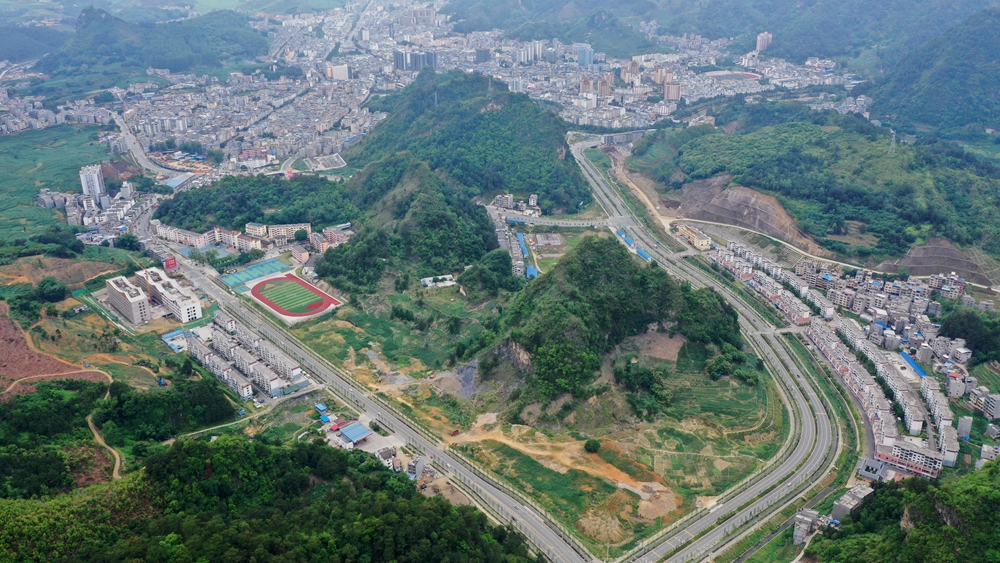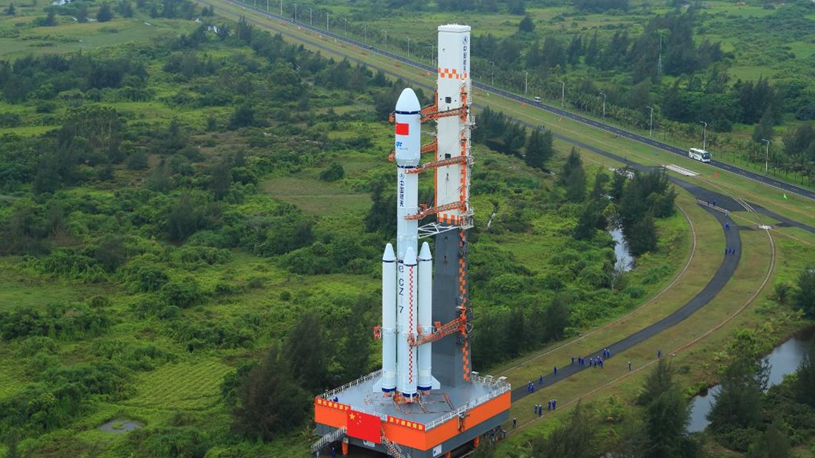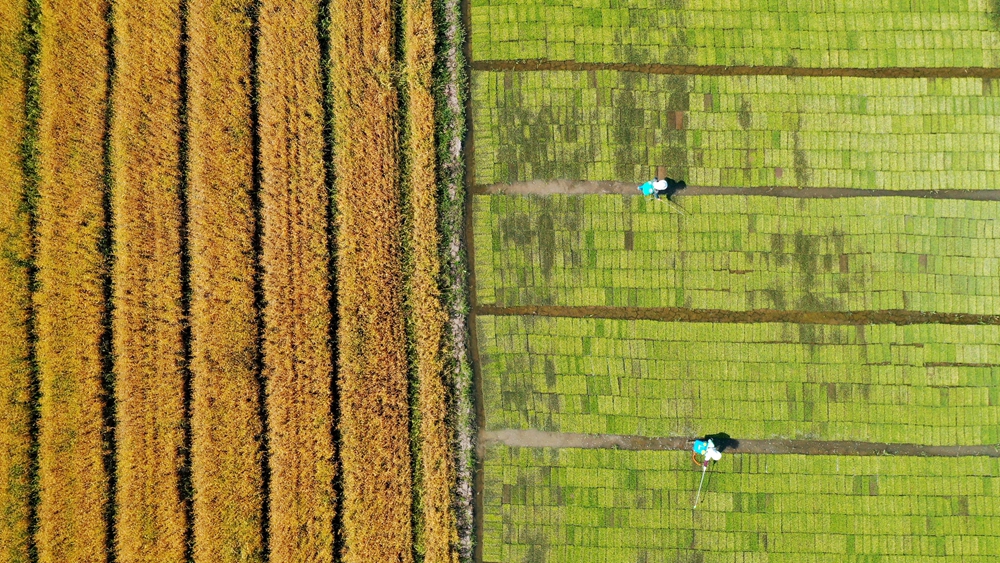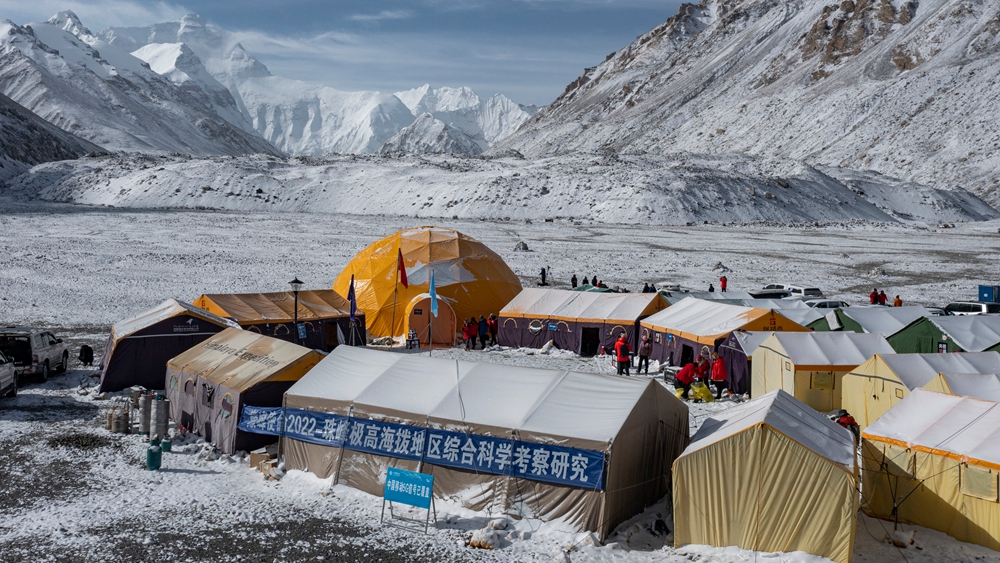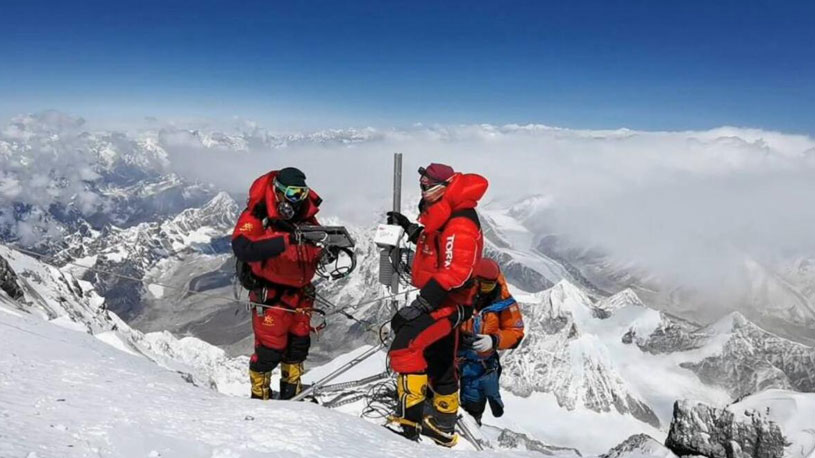What impact does an ultra-high altitude environment have on human health? What are the hazards for human bodies if they encounter environmental pollution at such high altitudes? What should people do to protect their health in a high-altitude environment?
Chinese researchers on the comprehensive scientific expedition on Mount Qomolangma, the world's highest peak located on the China-Nepal border, are trying to find answers to these questions. With its peak at 8,848.86 meters, the famous mountain provides an excellent opportunity for such studies.
A team of 27 researchers has monitored the health condition of 50 volunteers positioned at varying altitudes: 5,200 meters, 5,800 meters, 6,350 meters and 8,848 meters.
The team is led by Zhu Tong, head of the College of Environmental Sciences and Engineering of Peking University.
Researchers have collected blood, urine, saliva, feces and other samples, measured blood pressure, and monitored the pulse wave velocity of the volunteers, to provide samples for the follow-up research.
Researchers hope the results can help provide preventive and protective measures for the health of people living and working at high altitudes, as well as short-term visitors.
The squad is part of the scientific research team consisting of more than 270 members in the comprehensive scientific expedition on Mount Qomolangma, which falls within China's second scientific research survey on the Qinghai-Tibet Plateau.
With the most disciplines covered, the most scientific research participants, and the most advanced equipment utilized, the expedition is the largest since the survey on the Qinghai-Tibet Plateau started in 2017.
Produced by Xinhua Global Service


